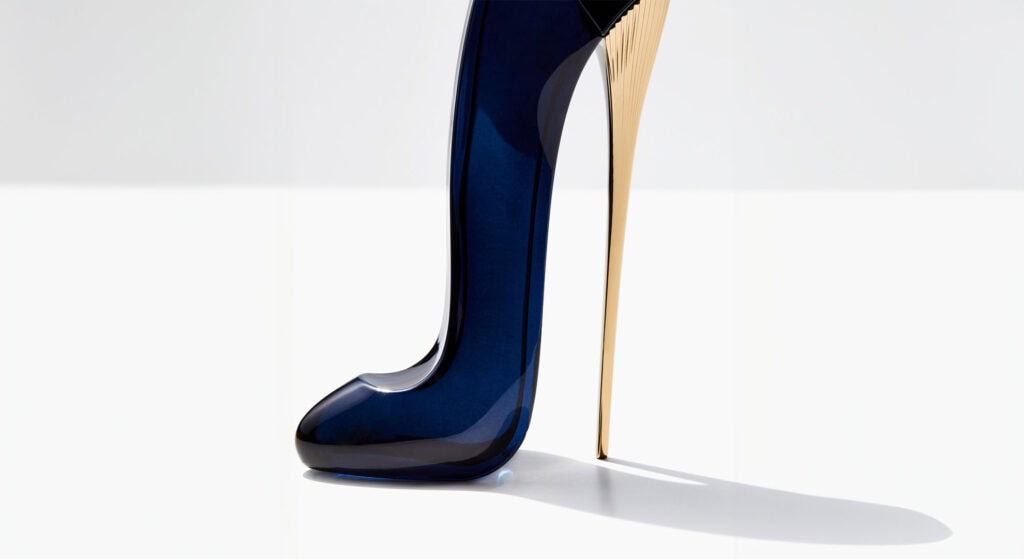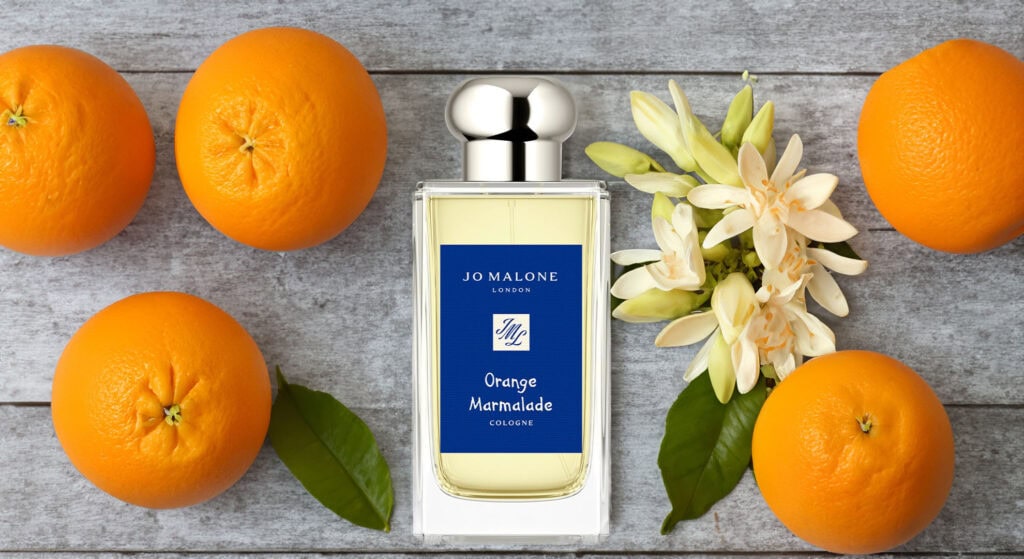Cashmere Woods in Perfumery: From Extraction to Blending and Iconic Scents
Cashmere woods, with their soft, warm, and subtly musky aroma, have become a beloved ingredient in the world of perfumery. Known for their ability to add a luxurious, cozy quality to fragrances, cashmere woods (often referred to as “cashmeran” in synthetic form) are prized for their versatility and unique scent profile. Understanding the nature of cashmere woods, their role in fragrance creation, and how they blend with other notes reveals their importance in some of the most iconic perfumes.
The Nature of Cashmere Woods in Perfumery
Unlike natural wood extracts like sandalwood or cedarwood, cashmere woods often refer to a synthetic note known as “cashmeran.” Developed in the late 20th century, cashmeran is a complex, multi-faceted synthetic molecule that mimics the soft, woody, and musky characteristics associated with the idea of “cashmere” in fragrance terms. It is renowned for its warm, cocooning quality, evoking the softness and luxury of cashmere fabric.
- Synthetic Creation: Cashmeran is created through advanced chemical synthesis, designed to replicate the warm, musky, and slightly spicy aroma of fine woods. Its scent is often described as a blend of dry wood, soft musk, and a touch of spice, making it a versatile note in perfumery. The synthetic nature of cashmeran allows for consistency and stability in fragrance compositions, making it a favorite among perfumers for creating a luxurious, enveloping base.
- Versatile Scent Profile: The scent profile of cashmere woods or cashmeran is characterized by a soft, powdery warmth with hints of creamy woods, musk, and amber. This makes it ideal for adding depth and a tactile softness to perfumes, often evoking the sensation of being wrapped in a soft, warm fabric.
Blending Cashmere Woods in Perfumery
Cashmere woods or cashmeran are highly versatile in perfumery, offering a soft, luxurious base that can enhance a wide variety of fragrance compositions. Its warm, musky character blends well with both floral, woody, and oriental notes, creating scents that are both comforting and sophisticated.
- Woody and Musky Blends: Cashmere woods are frequently used in combination with other woody and musky notes to create fragrances that are warm, cozy, and enveloping. When paired with cedarwood, sandalwood, or white musk, cashmere woods add a soft, powdery finish that enhances the overall warmth of the fragrance. Narciso Rodriguez For Her is a prime example, where cashmere woods blend with musk and amber to create a sensual, soft, and luxurious scent.
- Floral and Powdery Compositions: In floral perfumes, cashmere woods can add depth and a soft, creamy undertone that balances the brightness of floral notes. When combined with jasmine, rose, or iris, cashmere woods bring a touch of warmth and sophistication, making the fragrance feel more rounded and elegant. Chanel’s Coco Mademoiselle subtly incorporates cashmere woods to complement its floral heart, adding a layer of warmth that enhances the overall composition.
- Oriental and Spicy Scents: Cashmere woods also work beautifully in oriental and spicy fragrances, where their warm, musky quality enhances the richness of spices like cinnamon, cardamom, and cloves. When used alongside amber, vanilla, and resins, cashmere woods help to create a deep, comforting scent that is both luxurious and inviting. Tom Ford’s Noir Pour Femme uses cashmere woods to add a soft, velvety background to its spicy, oriental profile, creating a scent that is both exotic and comforting.
- Gourmand and Sweet Accords: In gourmand perfumes, cashmere woods can add a soft, creamy base that complements sweeter notes like vanilla, caramel, and tonka bean. This combination results in a fragrance that is both indulgent and warm, perfect for creating a comforting, enveloping scent. Viktor & Rolf’s Flowerbombfeatures cashmere woods in its base, adding depth and a luxurious softness to its sweet, floral heart.
Iconic Perfumes Featuring Cashmere Woods
Several perfumes have gained iconic status due to their masterful use of cashmere woods, demonstrating how this note can add warmth, softness, and depth to a fragrance.
- Narciso Rodriguez For Her: This fragrance is celebrated for its sensual blend of musk, amber, and cashmere woods. The cashmere woods add a soft, powdery warmth that perfectly complements the rich musk, making it a signature scent that is both comforting and elegant.
- Chanel Coco Mademoiselle: A modern classic, Coco Mademoiselle incorporates cashmere woods to enhance its sophisticated floral composition. The cashmere woods add a warm, luxurious undertone that elevates the fragrance, making it timeless and universally appealing.
- Tom Ford Noir Pour Femme: In this luxurious oriental fragrance, cashmere woods add a velvety softness that complements the rich, spicy notes. The result is a deep, comforting scent that feels both exotic and familiar, with cashmere woods providing a smooth, luxurious base.
- Viktor & Rolf Flowerbomb: Known for its sweet, floral explosion, Flowerbomb uses cashmere woods in its base to add depth and warmth to the composition. The result is a fragrance that is both indulgent and comforting, with cashmere woods providing a soft, enveloping finish.
Cashmere woods, whether in their natural form or as cashmeran, bring a unique blend of warmth, softness, and subtle muskiness to the world of perfumery. Their ability to enhance a wide range of fragrance compositions, from woody and musky to floral, oriental, and gourmand, makes them a valuable ingredient in creating perfumes that are luxurious and comforting. Iconic fragrances like Narciso Rodriguez For Her, Chanel Coco Mademoiselle, and Tom Ford Noir Pour Femme highlight the versatility and timeless appeal of cashmere woods, proving their enduring significance in the art of perfumery.





